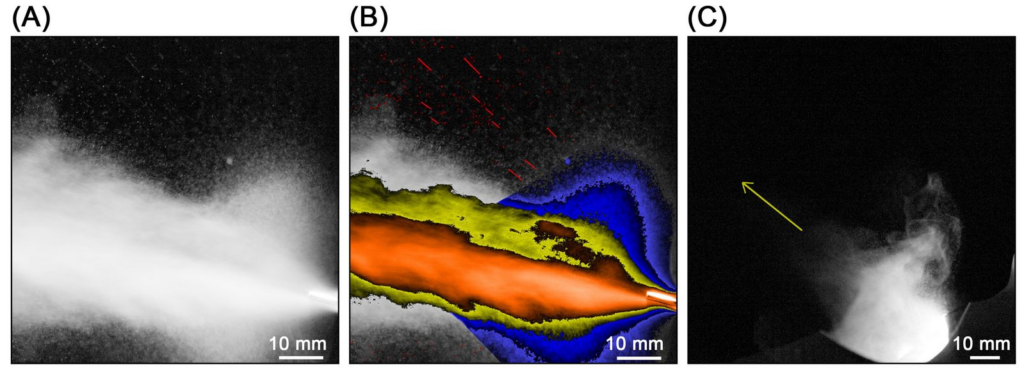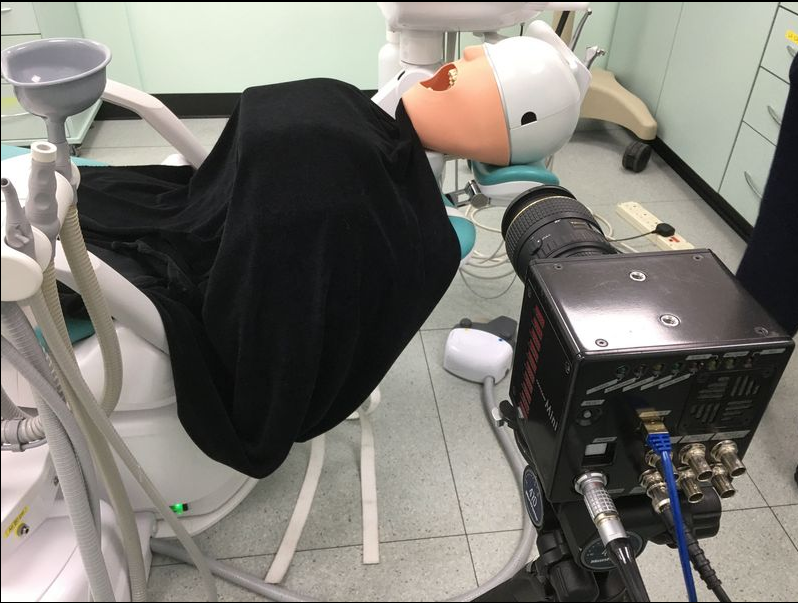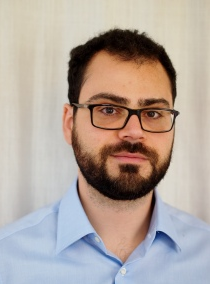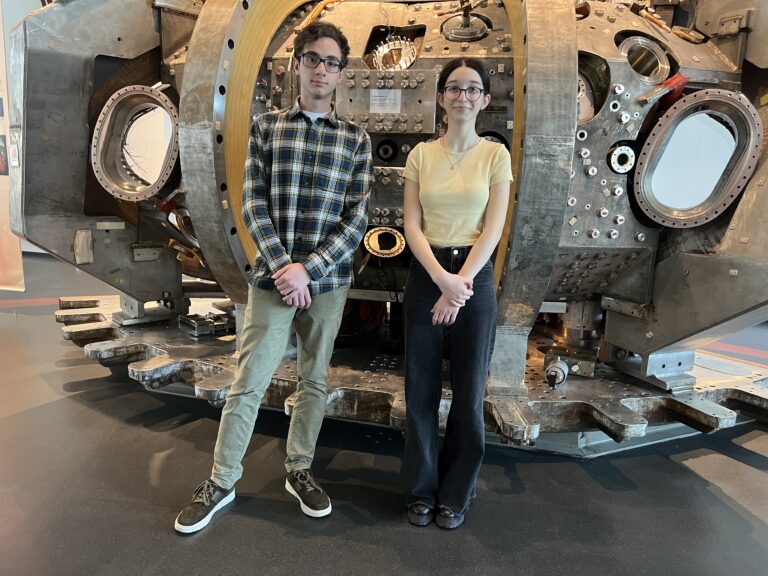How well would your knowledge and skills transfer if you were to move not just to an other job but an entirely different field of research? Fusion in Europe spoke to EUROfusion alumnus Antonis Sergis from Imperial College in the UK to learn how he successfully transferred from fusion into dentistry. His team of researchers at Imperial College and King’s College used a method he learned in heat transfer research to validate a new dental operation procedure that produces 60 times less Coronavirus-carrying aerosols.
What is your innovation?
We looked at a way to decrease the risk of Covid-19 transmission in routine dental procedures. The combination of saliva, high-speed drilling and coolants containing air and water produces many tiny droplets. Those aerosols can contain corona virus particles from a possibly infected patient, making them a critical transmission risk in dental settings.
The aerosols stay airborne for a long time, and so policies were set in place to protect dentists and patients. In practice that means having to decontaminate and allowing time for the aerosols to dissipate. These measures led to dentists only being able to provide critical care for a highly reduced number of patients per day. Dental practices hence face increased operational costs combined with reduced income.

Validating the theory
I got involved in this topic of aerosols produced in dental operations after a request for assistance from Prof. Owen Addison at Guy’s and St Thomas NHS Foundation trust and King’s College London. This turned into a collaboration between our institutions, with experiments taking place at Guy’s Hospital in London, the largest dental teaching hospital in EU.
We investigated just how these aerosols are being formed and if we can reduce the amount being produced. Lower drill rotation speeds and using only water as a coolant sounded good in theory. Our work aimed to provide proof while figuring out what the actual allowable safe operating conditions to achieve this would be. I managed to use high-speed light-based measurements including laser diagnostics to show that with the newly developed modified operations we came up, you can reduce aerosol generation by 60 times.

Exciting! And what impact are you having?
The work is being adopted widely already! We started by publishing our findings in one of the most prestigious research journals in the field of dentistry, the Journal of Dental Research. Our press release has been picked up by at least 18 international news agencies and health organisations.
The findings have also been considered by independent UK national bodies for dentistry like SDCEP in Scotland, the Faculty of General Dental Practice and the College of General Dentistry. Influential dental hospitals are already using our results to inform their protocols. We hope that our work will help resolve problems faced by dental practices worldwide.
How did your fusion background help this breakthrough?
As a fusion researcher, I studied advanced coolants for fusion reactors in the UK fusion programme and through a EUROfusion Researcher Grant (ERG). I used methods from outside of fusion, like advanced optical diagnostics and image processing, to investigate the effectiveness and physics of novel coolants doped with nanoparticles.
It turns out that the laser optics as well as the software tools I developed for fusion were also very relevant to study our problem of aerosol generation. Using high-speed camera’s and image identification techniques, we could quantify the distribution, amount and shape of aerosols produced, and even how much saliva was being mixed with the water cooling streams! All invaluable to understand the effect of our new drilling protocol.
Did you ever think your fusion research was going to lead you here?
I sure didn’t plan to. But then again, I’ve always been a fan of multidisciplinary work. After studying aerospace engineering at university, I wanted to learn more than what was possible in the four year course. Fusion came on my path through a joint PhD position at Imperial College and the UK’s Culham Centre for Fusion Energy, CCFE. Tthis was later followed by the EUROfusion ERG fellowship. A great opportunity to apply what I’d learned in a new context!
I have to admit that at the time I was not aware of the global efforts to realise fusion energy. In fact, I remember thinking of fusion as something from science-fiction! But it offered a great opportunity to bring in diagnostic techniques from outside the field and try to help advance the field.
I’m a big fan of multidisciplinary research – it can be exhilarating to advance even the slightest step by taking a fresh look at the problem. At the same time it’s risky, because you have very few colleagues with the same approach to discuss with. Still, it does teach you to get up to speed quickly, identify the problems you can help solve with your different perspective, and hopefully make progress. I imagine that feeling is shared by everyone working on fusion energy or any other “unconventional” but yet significant research!

Dr Antonis Sergis at Imperial College London (UK) used diagnostical techniques from his fusion research to track virus-carrying aerosols from a high-speed dental drill.
Source: Sergis et al., Mechanisms of atomization from rotary dental instruments and its mitigation, Journal of Dental Research, https://doi.org/10.1177/0022034520979644
Dental mannequin with the optics for tracking aerosol production from a high-speed dental drill. Source: Sergis et al., Mechanisms of atomization from rotary dental instruments and its mitigation, Journal of Dental Research, https://doi.org/10.1177/0022034520979644



